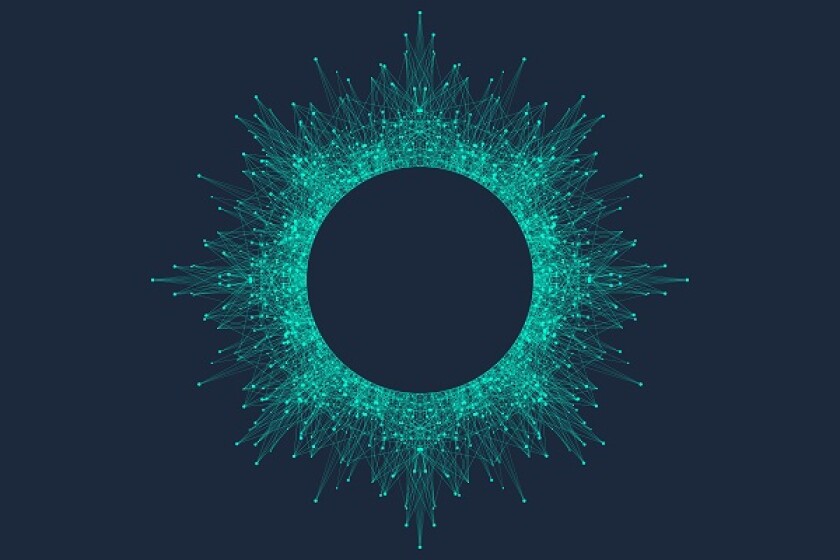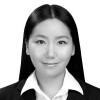Artificial intelligence (AI) is a technology that simulates human intelligence. It performs tasks that usually require human intelligence, such as visual perception, natural speech recognition and language translation.
With the proliferation and development of AI technology, AI-related patent applications in various scenarios are also growing rapidly in China. Accordingly, we have every reason to believe that litigation related to AI will emerge in the near future.
Due to the inherent nature of AI, the law around patent infringement is more complex, and some novel issues will arise in AI-related patent infringement.
A first issue is caused by the ability of AI to evolve on its own in response to new data. With machine learning, AI can learn from experience and improve its performance over time. This leads to a question concerning patent infringement – who should be liable for the patent infringement if there is originally no infringement until AI evolves? One view is that, the individual or corporation that manages or controls the machine on which the AI programme is executed should be liable, similar to the traditional computer software situation. That sounds reasonable if the evolution to infringement is foreseeable to the manager or controller, since, in this case, the infringement can be avoided as long as the manager or controller is careful enough. However, what if the evolution to infringement is unforeseeable? Since AI cannot be held liable under current legal framework in China, ultimately, the infringement will need to be traced back to some individual or corporation to remedy the impaired interests of the patentee. In such a case, perhaps the current position will still apply – that is that the individual or corporation that manages or controls the machine shall be liable. However, it should at least be considered that the individual or corporation is unable to foresee the infringement, when awarding damages against such an individual or corporation.
A second issue arises because of multiple entities involved in an AI lifecycle chain. For example, AI could be developed by a first entity (developer), trained by a second entity (trainer), and operated by a third entity (predictor). In this context, as analysed above, it may attribute the direct infringement to the entity controlling or managing the AI system. As for indirect infringement related to other entities, when direct infringement is established, it is necessary to establish that the party has full knowledge that its products have been specifically adapted for a use which infringes a patent by a direct infringer, or that the party has full knowledge of a patent and actively induces the direct infringer to implement the patent. Generally, it seems difficult to establish indirect infringement in an AI environment, since it seems difficult to prove a generalised algorithm model or a set of training data is “specifically adapted” for the implementation of the AI patent, even if full knowledge can be proved.
AI-related infringement becomes even more complicated when divided infringement is involved. For example, a claim may comprise some steps performed by the trainer and some other steps performed by the predictor. In such a case, no party alone performs all the steps. This therefore establishes infringement based on the principle of comprehensive coverage. In terms of this issue, the Supreme People's Court in China tried to improve the principle of comprehensive coverage by proposing a specific application of the principle for a specific application of communication method, in the case Dunjun v Tengda. The Supreme People's Court held the following:
“Internet users can fully implement the method of the involved patent by merely using an ordinary computer with Internet access and the alleged infringing product in a normal network environment without other special devices or relying on other special network conditions. Therefore, the alleged infringing product has an irreplaceable substantial role in implementing the method of the involved patent.”
Since the positions of the parties in the communication environment are different from those in the AI environment, it is uncertain whether the principle of “irreplaceable substantial role” could be extended to the AI environment.
In addition to the above issues, there may also be difficulties in proving infringement. For example, the infringement may only occur for a short period of time due to the evolutionary nature of AI. Another example is that the AI processing often takes place in a black box on cloud. It may be difficult, or even impossible, for the patentee to collect evidence.
In summary, with the rapid development of AI technology and booming of AI-related patent applications, these issues are likely to come to the forefront of patent innovations and disputes. To some extent, innovation in AI technology is outpacing the current legal framework. While some issues may be overcome by clever claim-drafting, such as drafting from a single side and drafting features that are on the surface or directly derivable, others are still open questions. This is a challenge for all related parties in the industry, and calls for collective wisdom to adapt the law to the development of technology.












